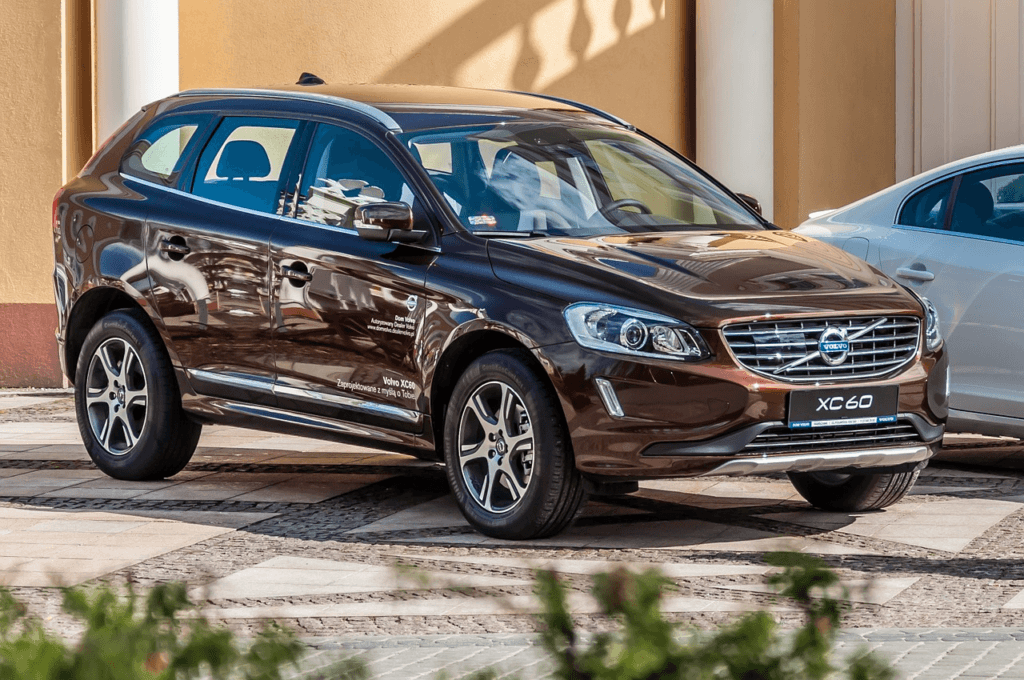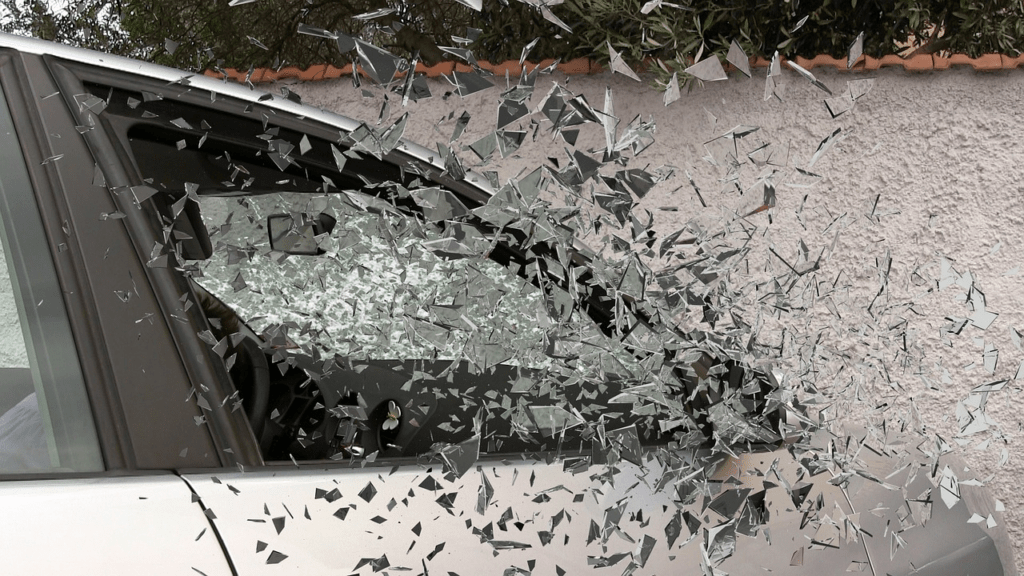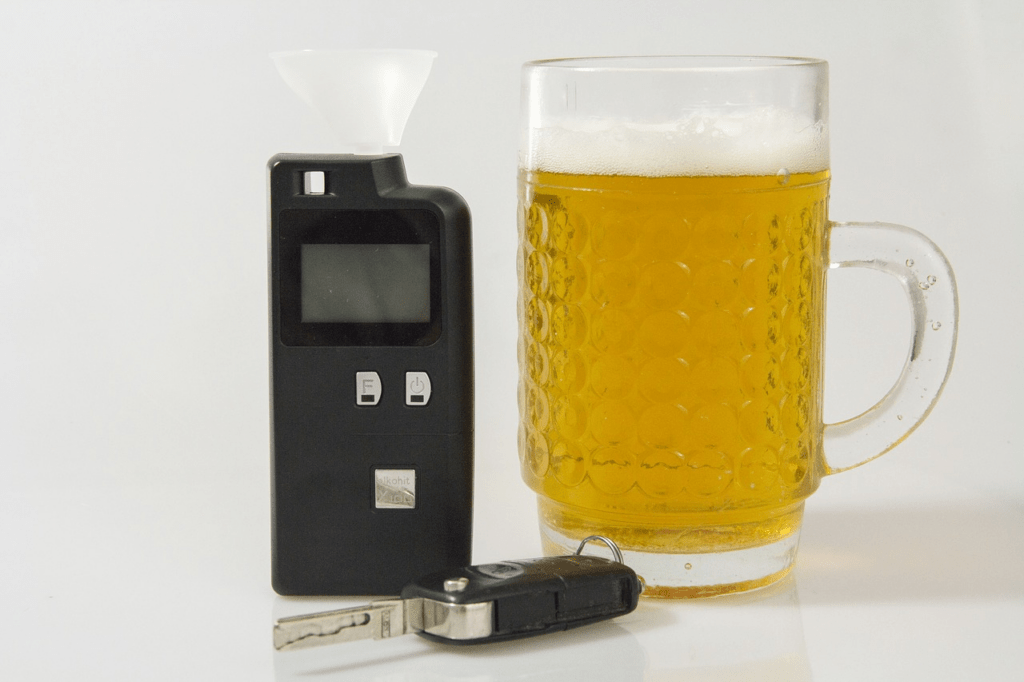Is The Death-Proof Car A Real Possibility?

A few years ago, Volvo made headlines with its mission statement of causing zero fatalities with their vehicles on the road by 2020. Now it’s worth pointing out that there’s some fine print here that Volvo later elaborated on. First, they wanted to ensure that there were no fatalities sustained by Volvo passengers or drivers. This left out other cars on the road that might be involved in a collision and of course pedestrians. Secondly, the brand also claimed that this was a hopeful benchmark rather than a set of fixed goalposts. In other words, they were already aware of the difficulties with achieving this aim. However, that doesn’t mean it’s impossible So, let’s explore whether a death-proof car is an option and what it could mean for the future of roads and the drivers that use them.
What Is A Death Proof Car?
Put simply, this refers to a car that would be responsible for zero deaths on the road annually. That includes causing the deaths of pedestrians, drivers, passengers, and even other users. The inclusion of all these different groups of people makes the creation of a car like this particularly challenging, though not impossible. It’s also worth pointing out that injuries could still occur in a death-proof vehicle. However, there is the hope that they would be far less common and only minor rather than serious injuries that lead to permanent life-changing consequences.
What Would It Take?
There’s definitely a lot of different things that must be achieved to ensure that a car is death-proof. For instance, stopping distance needs to be incredibly short. Guaranteeing that a car stops in a short amount of time will mean that there is less chance of a car causing death due to a collision. It could even guarantee that a vehicle doesn’t hit a pedestrian who potentially should not have been crossing the road. On average, a vehicle traveling 40mph per hour will take a total of eighty feet to stop. This can be a lot faster for certain vehicles including sports cars that usually have incredibly short stopping distances.
It’s unlikely that collisions will be eliminated, so you also need to make sure that the car is strong enough to sustain a nasty hit. Typically, modern cars are designed to guarantee that the front of the vehicle takes most of the energy from a head-on collision. It will crumble, while providing a protective core where the passengers and drivers are.

It’s worth noting that there are certain features on a vehicle, that make it far more dangerous, particularly for pedestrians. For instance, bull bars are notorious for causing pedestrian fatalities. These were installed to give a better level of protection to people inside the vehicle. However, if you hit a pedestrian with one of these on your car, they are unlikely to survive even at relatively low speed. Height is also important. Generally speaking for pedestrians, cars with high bodies are far more dangerous. If a car is low a collision with a pedestrian will usually push them up onto the bonnet or windscreen. If a car is higher, it will knock them down onto the ground. It’s not hard to understand why this is always going to lead to a greater chance at a fatality.
What About The Driver?
The driver is definitely a cause for concern when attempting to design a car that is completely safe and won’t cause a fatality. Speak to a lawyer and they’ll tell you that the single most common cause of accidents is drivers getting distracted. Believe it or not, car designers have taken steps to avoid this happening in their vehicles with arguably mixed results. For instance, many car companies have worked to ensure that Bluetooth connectivity is a seamless part of the vehicle where a phone inside the vehicle connects to Bluetooth automatically so that phone calls can be taken without any use of your hands. Other companies like BMW have introduced a system where you don’t have to touch any buttons in the car. Instead, the vehicle picks up your hand gestures.

There are even campaigners who want to ensure that breathalyzers are built into every vehicle to limit the potential for driving under the influence. It’s unlikely that this campaign will ever bring results as it’s a massive breach of freedom. However, it does show that people are aware the driver is the main threat on the road rather than the vehicle that they are handling.
Is There A Simple Solution?
Arguably, of course, the answer to the death-proof car is clear. We need a fully autonomous vehicle. Now, you might think that self-driving cars are already available on the market, ready for purchase. However, this isn’t quite true. Companies like Tesla are very careful and will never claim publicly that the cars they release on the market drive themselves. Instead, they state that their systems should be used as an assistive tool for drivers on the road. In other words, you still need to keep both eyes on the road and both hands on the wheel. If you fail to do this, then you could end up causing an accident when the tech – which isn’t foolproof – fails to keep you safe. There are five different levels of autonomous vehicles. Producers are currently marketing level 2 and researching how to get to level 3. Based on the latest evidence, there is no producer that is anywhere near creating a car at level 5. This hypothetical vehicle would theoretically drive without any form of human interaction and have the capability to avoid any fatal collision. Essentially it is the only real option for a death-proof car.
We hope this helps you understand the concept of the death-proof car and why it will likely remain a hypothetical option for quite some time. However, this doesn’t mean that safety features of vehicles won’t improve. They almost certainly will and over the next few years, there could be a lot of impressive advancements. Particularly in relation to autonomous vehicles and cars that are essentially able to drive without any input from humans.




